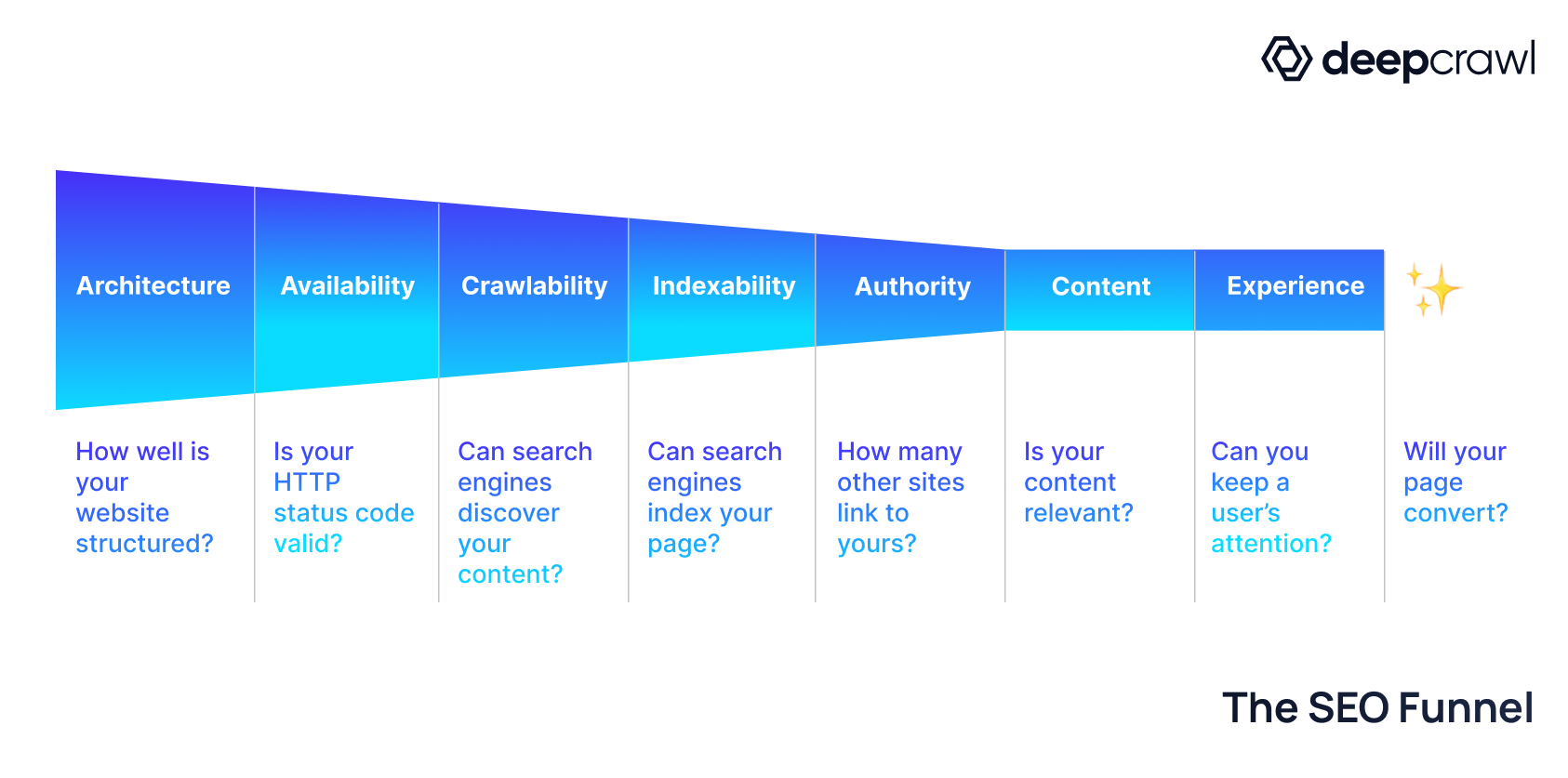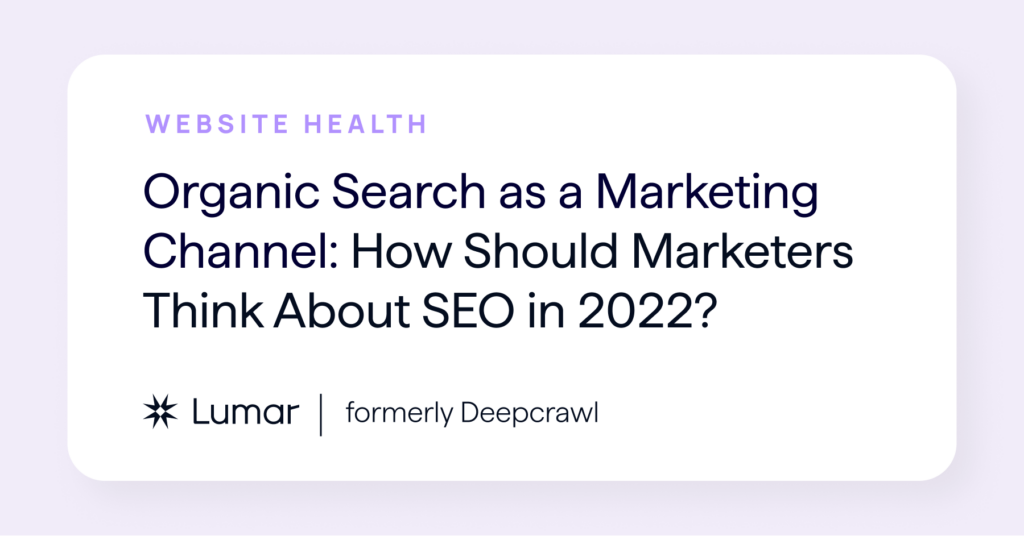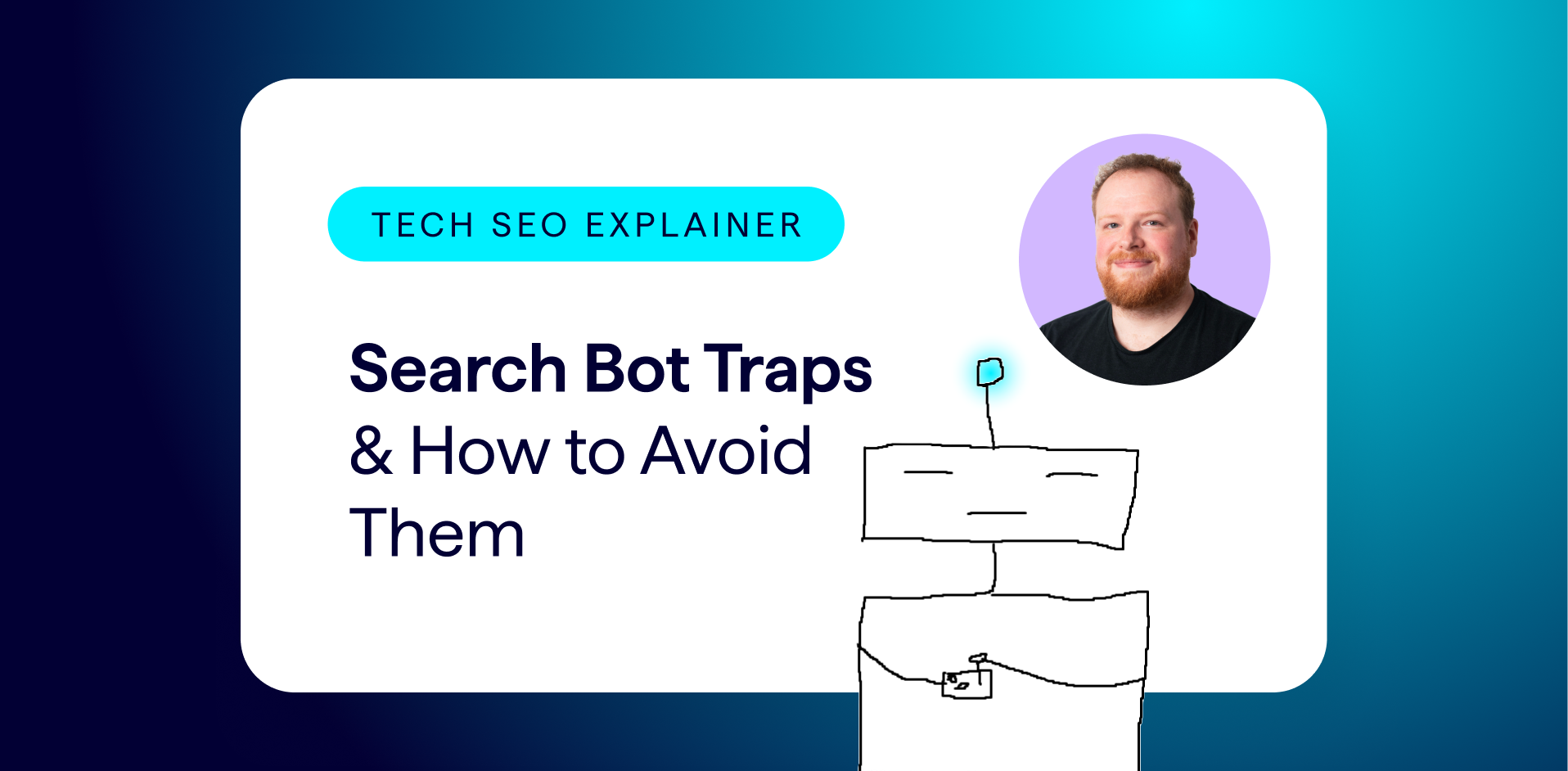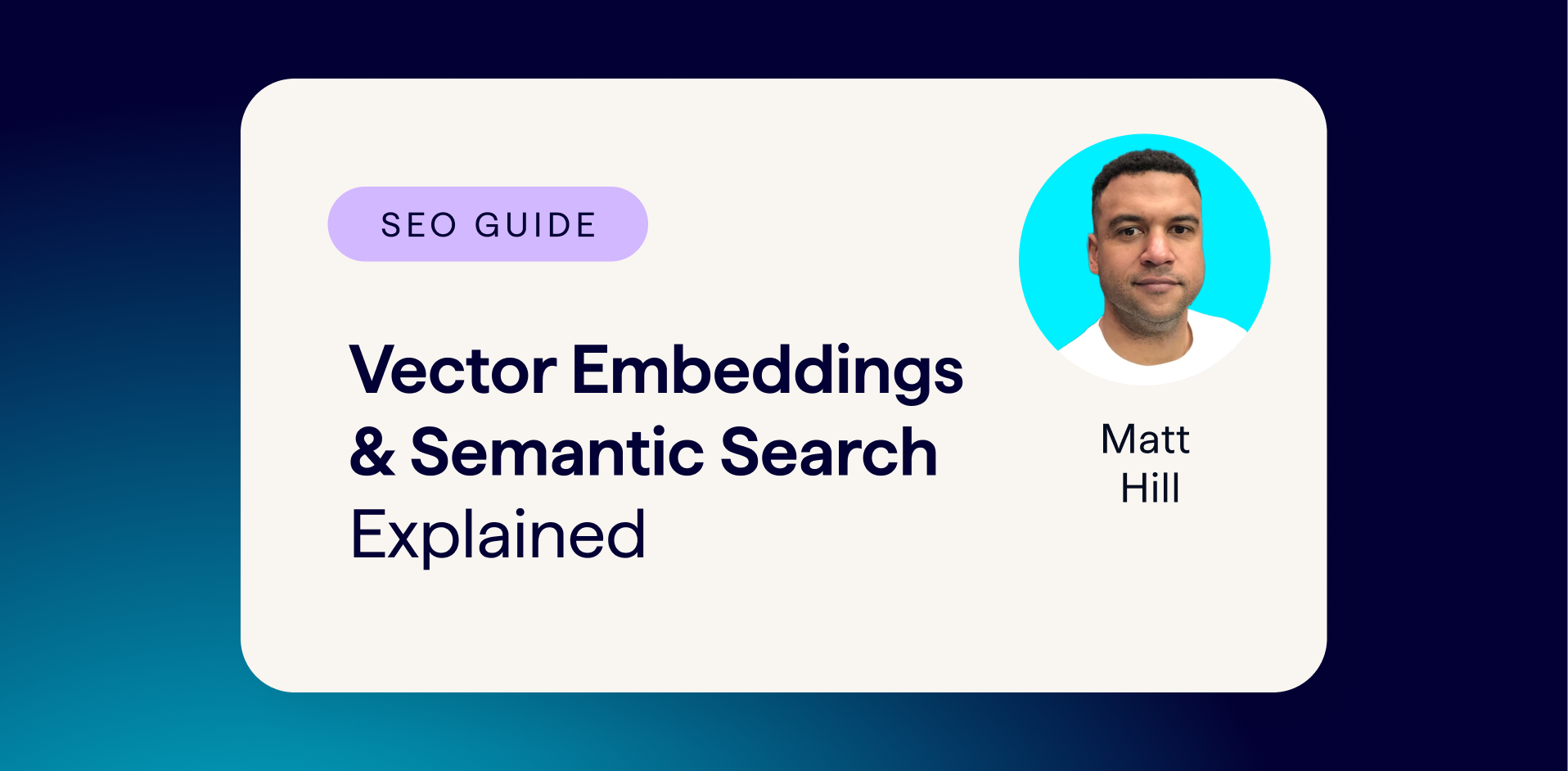Why marketers are focusing on organic search in 2022 and beyond:
- 89% of marketing leaders surveyed in our report with Econsultancy felt that organic search will drive more revenue in the future.
- People have adopted a search-first mindset in their daily lives, pulling up Google as their first resource for just about everything. (To put this shift into context, before Covid, Google processed over 3.5 billion searches per day, but in the first year of the pandemic, Google reported 5.6 billion per day. That’s a 60% increase in searches in one year—and today, it’s even more.)
- As digital adoption grew during the pandemic, so did competition for attention on paid advertising channels. Alongside this increased cost and competition, new privacy restrictions on digital advertising channels have led to reduced options for audience targeting.
With digital adoption already well-established worldwide, many marketers have found themselves spending more than ever on online advertising. Meanwhile, consumers and legislators alike have been demanding more privacy from the major players in the digital advertising space, making it harder for marketing teams to accurately target audiences through paid channels—and harder for them to measure the performance of their paid campaigns.
As a counterbalance to this, marketers are also becoming increasingly aware of the growing opportunities that exist for organic channels to play a larger (and often more cost-effective) role within their marketing strategies.
In research Lumar conducted with Econsultancy, we found that 89% of marketing leaders agree that organic search will drive more revenue in the future. It’s no surprise then that many marketers are taking a deeper look at their websites’ performance and prioritizing SEO as a key driver in their efforts to raise awareness for their brands and drive revenue without the same degree of fluctuating ROI and rapidly changing functionality that is found in today’s paid channels.
There’s a lot of opportunity for brands who prioritize organic search and website health right now. Between increasing competition for attention, increasing costs, and reduced options for audience targeting on the paid channels, marketers are wise to take a renewed look at their organic channels, including their website performance and SEO efforts. Enter: The search-first age in marketing.
This post is an excerpt from Lumar’s much longer, much more jam-packed eBook, The Ultimate Guide: Incorporating Website Health Into Your 2022 Marketing Strategy. Give it a read for more in-depth recommendations on how your team can better prioritize organic search within its larger marketing strategies.
Why do marketing teams need SEO?
Search engine optimization is a powerful and cost-effective means to reach people throughout the various stages of their customer journey. Think of it as a long-term, inbound form of marketing that can generate traffic, leads, and sales again and again.
53% of all website traffic comes from organic search results. That figure, by definition, doesn’t include paid search results or shopping results. If more than half of all website traffic originates in organic search—fuelled by SEO and healthy, high-performing websites—it’s clear that marketers who are serious about driving awareness, conversions, and revenue stand to benefit from search engine optimization in a major way. After all, if you’ve invested the time and effort into creating a beautifully designed and highly informative website, shouldn’t people be able to find it? Neglecting SEO and website health means that you’re likely leaving a significant amount of opportunity for growth on the table.
Improving your organic search performance could also provide an opportunity to reduce your overall customer acquisition costs. If you’re presently only reaching your website traffic goals with the assistance of large paid search or paid advertising campaigns, strengthening your number of visitors from organic search may allow you more room to reduce your spend on paid channels.
Paid channels inherently involve a cost every time a user clicks through an ad to end up on your website. Organic traffic, on the other hand, is (in the broadest sense) free. While a strong SEO strategy will require an investment into staffing and platforms, each site visitor who finds your business via organic channels will not come with the added cost that would be incurred had they found your site through a paid advertisement.
Powerful marketing strategies will of course involve numerous channels and tactics —and we’re not suggesting marketers abandon paid channels entirely, of course. But with recent challenges and privacy changes in the paid channel landscape, prioritizing SEO as a performance-boosting inbound tactic within your larger marketing strategy can deliver meaningful long-term benefits that extend beyond the temporary boosts gained from short-lived paid campaigns.
Outbound techniques like running online advertisements are a tried-and-true method for marketers to promote their brands. But to make the most out of the demand you’re creating on paid channels, it’s worth utilizing SEO as an inbound companion technique to your outbound efforts. Often, people who are exposed to outbound marketing won’t convert to paying customers straight away. You can quantify this by looking at different data attribution models to monitor performance. For example, looking at last-click against first-click conversion data will give you an indication of which channels are creating the most demand and which channels are ultimately securing the conversion. You may find that in a last-click attribution model, your organic channels are driving more traffic to your website and transactional pages than they appear to be at a first-click attribution level.
But don’t forget that SEO serves as more than just a sales channel. Your SEO efforts can also provide vital insights into your customers, competitors, and industry developments. Having a solid understanding of the search landscape can help you better understand what consumers are looking for, how and when they are searching for topics related to your business, and help you keep track of competitive threats. These search-related insights can have a knock-on effect on other marketing channels, helping you create better content, send better emails, and set up better ads (no, we don’t expect ads to go away entirely!). SEO works hand-in-hand with your entire marketing mix.
An overview of website health & SEO for marketers
When we refer to website health, we are referring to the elements that make up a high-performing, technically healthy website that is poised to rank highly in the search engine results pages (SERPs).
One way to think about the importance of website health is to understand the impact that a healthy website can have on your larger business goals. You can envision the elements that comprise a healthy website as part of the SEO – Revenue Funnel.
Each stage of the funnel builds off of the earlier stages, leading to better search results, more conversions, and, ultimately, increasing your opportunities to drive revenue through increased awareness and conversion.

The 7 stages of the SEO Funnel map to 7 core categories of website health that marketers should prioritize to achieve their best performance in organic search:
Customer-centered marketing & forward-thinking SEO go hand-in-hand
SEO aims to get your website content ranking at the top of the search results, making it easier for people who are actively curious about topics relating to your business to find your website. But the benefits of SEO reach beyond the confines of search engine results pages. A well-executed SEO plan can influence multiple aspects of your marketing strategy and can have real benefits for your business overall in terms of driving awareness, conversions, and revenue.
Ultimately, a solid SEO plan involves, yes, the important keyword and technical factors that help ensure your website is performing well in search, such as utilizing schema and structured data and implementing a strong internal linking strategy. But a strong SEO strategy should also take a more holistic and proactive approach, taking into consideration your site visitors’ preferences and keeping a finger on the pulse of changing consumer behaviors and demands.
If you think about the larger end goal for those engineers and product managers working at the search engines themselves, it’s ultimately about providing users with the most relevant information (and the most seamless means of finding it), not just about demanding sites adhere to a fixed set of best practices. Best practices in SEO aren’t set in stone; they are ever-changing as search engines improve their algorithms and SERP features, so thinking like the product managers and engineers working at the search engines can help you anticipate what changes may be coming down the road for SEO. (Using robust, up-to-date SEO platforms that factor in the latest developments and directions that organic search is moving toward can certainly help as well!)
For example: Users naturally value good page experiences, quickly loading websites, and want credible, authoritative information to satisfy their queries. And just as naturally, we’ve seen search engines like Google move toward including these user preferences in their ranking algorithms by introducing new measures that prioritize these preferences, such as Core Web Vitals.
Consumers generally follow a predictable buyer’s journey as they decide which products to purchase and which businesses to engage with. Providing content that supports them at every stage of the buyer journey—and bolstering that content with strong SEO tactics and website health best practices—ensures that your website will have the content users are looking for at every step of their journey (and having SEO strategies in place will help ensure that people can find it).
Taking a customer-first approach that anticipates their needs, experiential preferences, and questions (which they will likely search for online) will help you develop the right content to rank in the first place. And consistently working to create the best customer experience possible on your website (with better UX and page experience, site speed, and site architecture, for example) can help you anticipate the ranking changes search engines may implement down the road, as these platforms also aim to serve the users. Much like marketing overall, SEO is largely about understanding the customer and the moment they’re in.
This post is an excerpt from Lumar’s “Ultimate Guide to Incorporating Website Health Into Your 2022 Marketing Strategy” — read the full in-depth guide to website health here.





